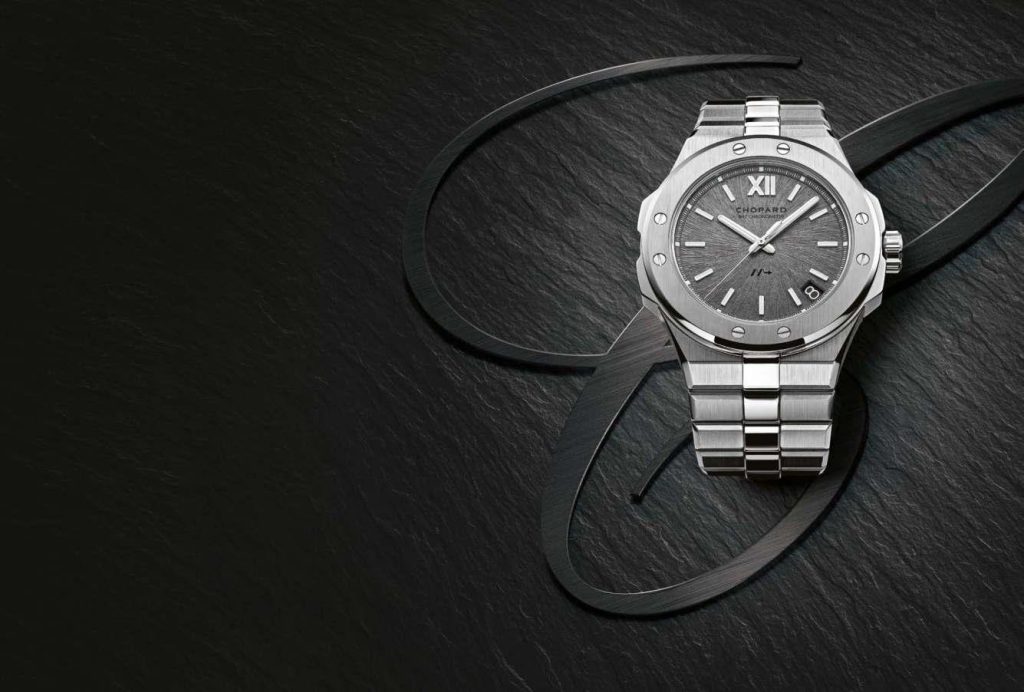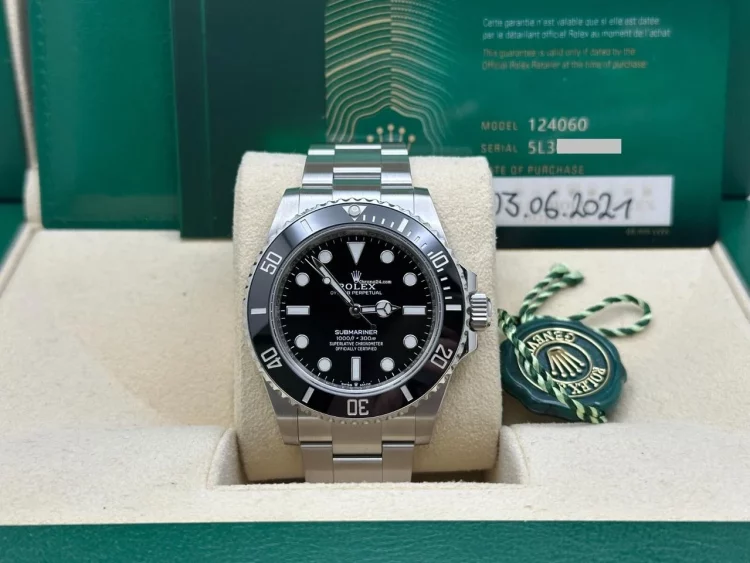For centuries, the heart of a mechanical watch has pulsed with the rhythm of carefully coiled metal—traditionally steel, more recently silicon. But in recent years, the world of haute horology has begun to look beyond metallurgy and microengineering toward something more organic, almost mythic: spider silk. Not just any silk, but lab-grown, bioengineered spider silk, coaxed into existence by genetic manipulation and spun by microbial factories in Swiss laboratories. The result? A biomaterial that, in theory, offers strength, flexibility, and molecular uniformity surpassing even the finest silicon hairsprings. But does it really outperform traditional materials—or is the story still caught in a delicate web of speculation?
The push to reinvent the hairspring—the ultra-fine, coiled component that regulates a watch’s timekeeping by oscillating back and forth with metronomic precision—has intensified in the last decade. As brands compete not only for mechanical accuracy but also for sustainability and innovation narratives, spider silk has emerged as a potential game-changer. Several Swiss labs, operating under tight confidentiality agreements with major maisons, have begun field-testing biomimetic hairsprings in real watch calibers. It’s no longer a sci-fi fantasy. But the path to revolutionizing horology is far from linear.
The Biomaterial Breakthrough: Why Spider Silk?
Spider silk has long captivated scientists for its astonishing properties: it’s five times stronger than steel by weight, more elastic than Kevlar, and nearly impervious to fatigue. In theory, these attributes make it an ideal candidate for the hairspring, a component that must endure over 500 million oscillations in a decade without deforming or breaking.
But natural spider silk has one fatal flaw: spiders are notoriously solitary and cannibalistic, making them unsuitable for large-scale farming. Enter synthetic biology. In 2021, a Geneva-based biotech startup called ChronoGene partnered with EPFL (École Polytechnique Fédérale de Lausanne) to develop recombinant spider silk proteins using genetically modified yeast. These proteins are harvested, purified, and spun using electro-dynamic wet drawing into ultra-thin filaments—just 0.05 millimeters in diameter.
Unlike steel, which requires machining, or silicon, which involves photolithographic etching in cleanrooms, spider silk can be shaped and tensioned with chemical precision. More importantly, it’s bio-inert and self-repairing at a molecular level when exposed to certain enzymes—offering the tantalizing promise of maintenance-free hairsprings that adapt to micro-stress without mechanical wear.
Performance Face-Off: Spider Silk vs. Silicon vs. Metal
To assess whether spider silk can dethrone traditional hairspring materials, several comparative studies have been quietly conducted by high-end watchmakers under non-disclosure agreements. While the data is not officially public, leaked testing summaries and insider interviews suggest the following picture:
In terms of shock absorption, spider silk outperforms both silicon and metal, offering a 27% greater resilience in drop tests conducted from 1.5 meters. In timekeeping consistency, prototype watches fitted with spider silk hairsprings showed deviation of ±1.2 seconds per day—slightly better than the ±2 seconds seen in comparable silicon-equipped chronometers.
Thermal stability was also a strength. Because spider silk maintains its molecular structure across a wider temperature range (from -10°C to +70°C), watches performed with less drift under environmental stress. Unlike metal, spider silk is immune to magnetic fields, much like silicon, which makes it ideal in our electronics-saturated environment.
However, the Achilles’ heel of spider silk turned out to be unexpected: humidity.
The Moisture Problem No One Anticipated
While spider silk is known to absorb very little water compared to organic fibers like wool or cotton, the synthetic version appears to behave differently under real-world conditions. In testing chambers simulating tropical climates (above 80% humidity), spider silk hairsprings exhibited a subtle but measurable swelling, causing a 0.8% shift in oscillation frequency. This might sound negligible, but in high-precision timekeeping, it’s enough to knock a watch out of chronometer certification standards.
This moisture sensitivity stems from the very proteins that make synthetic spider silk so strong—they contain amorphous regions that attract water molecules. In the lab, this issue was compensated with vapor-deposited hydrophobic coatings, but long-term durability of such coatings remains unproven. Watchmakers now face a dilemma: create moisture-proof watch cases (which limits design) or continue refining the silk itself through protein engineering.

The First Watches with Spider Silk: Who’s Testing the Waters?
Though no brand has formally launched a spider silk-equipped watch, industry whispers point to prototypes circulating inside three maisons:
- Jaeger-LeCoultre is said to have integrated a spider silk hairspring into its Master Control Chronometer line, disguised as a test reference worn by internal engineers. Reports suggest a two-year field test is underway.
- Greubel Forsey, never shy about experimental mechanics, allegedly fitted spider silk into a special tourbillon regulator to explore resonance effects. Whether the material can survive the violent torque fluctuations of a high-beat tourbillon remains a hot topic in watchmaking circles.
- Rolex, ever secretive, has reportedly funded biomaterial research through a shell entity tied to its innovation fund. A spider silk-enhanced Rolex Explorer is rumored to exist—but no credible photos or technical sheets have leaked.
If these prototypes reach full production, they would mark a shift not only in material science but also in brand messaging. Spider silk could become the new frontier of luxury storytelling—one rooted in bioengineering, evolution, and molecular craftsmanship.
A Clash of Philosophies: Organic Precision in a Synthetic Age
The potential adoption of spider silk also stirs deeper philosophical debates within horology. Silicon, though modern and precise, has often been criticized for making watchmaking feel sterile, overly industrial. Steel, on the other hand, carries romance and history but requires regular servicing and is susceptible to magnetism.
Spider silk straddles both worlds: it’s an ancient biological material repurposed with cutting-edge science. Its narrative resonates with a generation drawn to both ecological innovation and emotional authenticity. But does it dilute the artisanal heritage of watchmaking or enrich it with a new biological layer?
There are also practical hurdles to scaling production. One hairspring requires roughly 2,000 meters of filament. Mass-producing enough silk for 100,000 watches a year would mean operating microbial reactors at near-industrial pharmaceutical capacity—an expensive and complex proposition, especially for small independent brands.
The Road Ahead: Will We Wear Silk in 2030?
It’s likely that spider silk hairsprings will remain in the realm of boutique innovation for the next few years, reserved for concept watches, limited editions, and halo products meant to signal technological leadership. But if humidity challenges can be overcome, and mass-spinning techniques perfected, this bio-fiber could very well become the defining material of next-generation mechanical watches.
Expect to see spider silk referenced not just as a component, but as a brand philosophy—natural precision, sustainable luxury, resilience woven into the molecular code. We may soon be asking less about “Swiss Made” and more about “Silk Grown.”





































